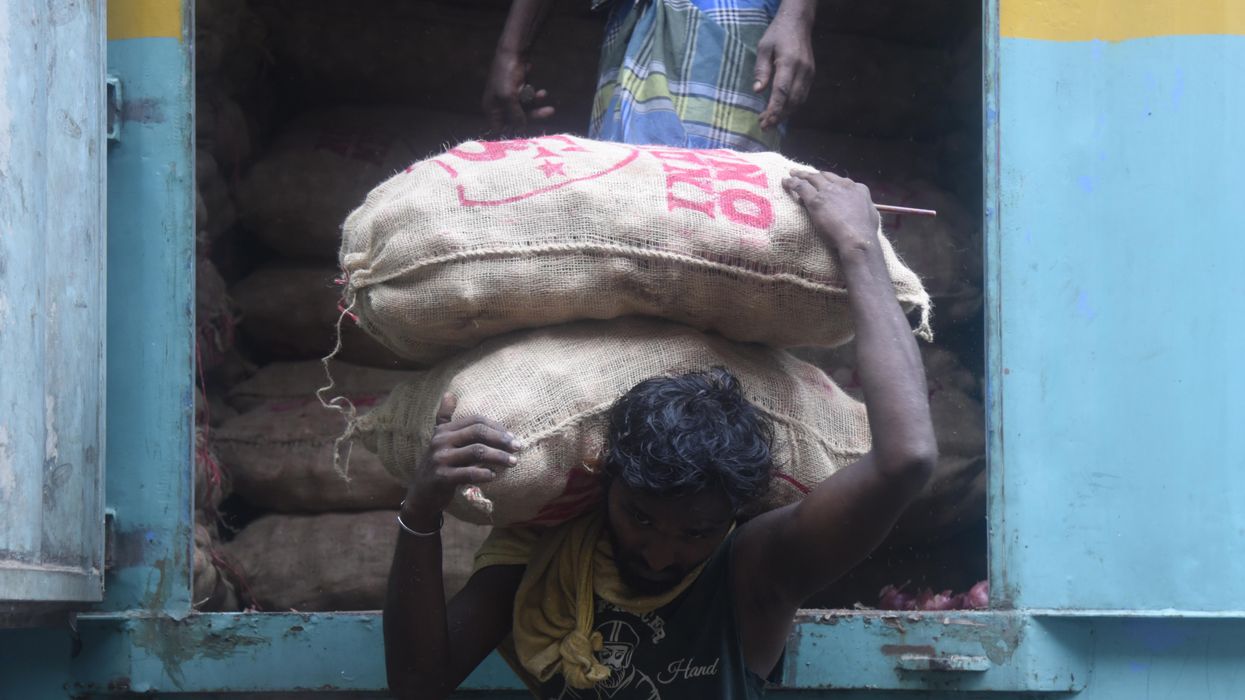News
Is the global food crisis here to stay?
The mood surrounding the annual UN General Assembly kickoff this week has been grim. In 2022, with total war returned to Europe and the global pandemic having scrambled supply chains, the food crisis is where the conversation is at.
Sep 20, 2022


